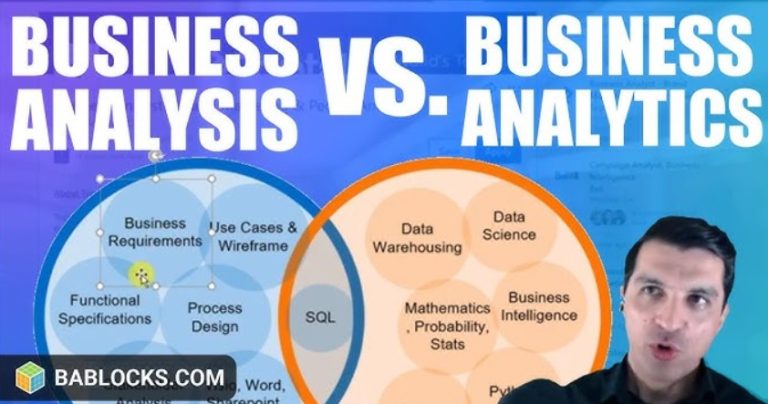Ticket McDonalds Drive-Thru: When Convenience Turns Costly!
Ticket McDonalds Drive-Thru raises critical questions about the intersection of convenience and legality. Imagine waiting patiently in line, using your phone to place a quick order through the McDonald’s app, only to be met with a hefty $580 fine for what was perceived as illegal phone use. This situation highlights the ambiguous nature of current traffic laws and sparks a broader conversation about responsible phone usage in vehicles.
As more people rely on mobile apps for efficiency and ease, understanding the legal boundaries becomes essential to avoid costly mistakes. We’ll delve into the implications of this incident, the public and law enforcement reactions, and the ongoing dialogue about the balance between embracing technology and adhering to traffic regulations.
Table of Contents
The Incident: A Costly Convenience
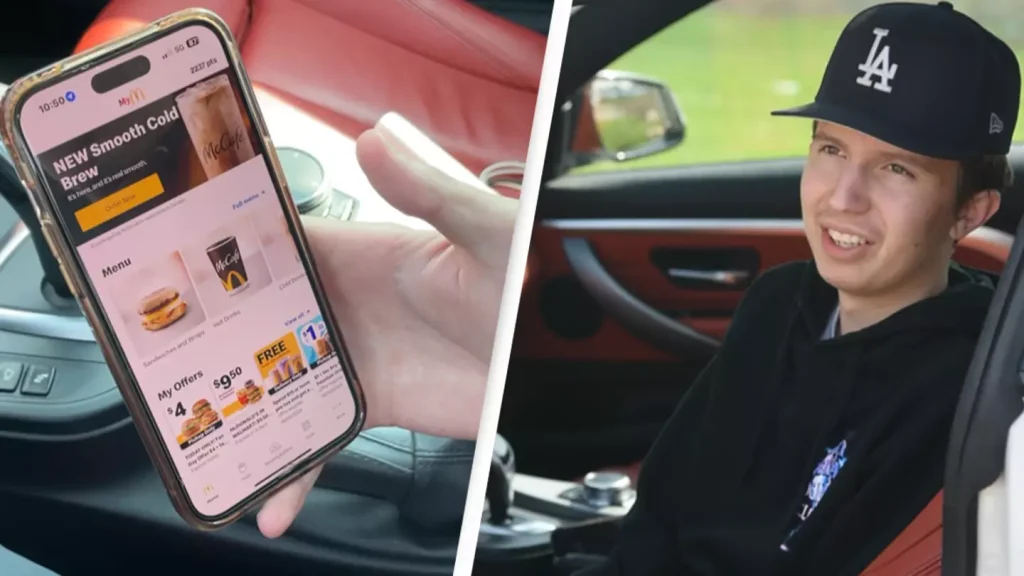
Imagine the frustration of being fined $580 for using the McDonald’s app while waiting in a Ticket McDonald’s Drive-Thru. One driver, stationary in the drive-thru lane, placed an order through the app. They thought it was an intelligent way to use their waiting time. To their surprise, this action led to a hefty fine, which authorities saw as illegal phone use.
The car wasn’t moving, yet the use of the app was penalized. This incident highlights the unforeseen risks of integrating technology into our daily routines. It raises questions about legal versus illegal phone use in such scenarios. The fine left the driver shocked and determined to challenge the charge, illuminating the ambiguous nature of current traffic laws.
Police Response: Clarifying the Rules
| Aspect | Description |
| Initial Statement | Local police issued a statement to clarify the circumstances under which mobile device use is illegal while driving, in response to the incident. |
| Intent Behind the Law | The police emphasized that the law aims to minimize distractions and enhance road safety by limiting phone usage while controlling a vehicle, even when stationary. |
| Drive-Thru Exception | Authorities clarified that using a mobile device while the vehicle is stationary in a drive-thru lane is not considered illegal, providing an important distinction for drivers. |
| Public Education Effort | Following the incident, police launched public education campaigns to highlight safe mobile device use, stressing the importance of hands-free options even in stationary situations. |
| Ongoing Dialogue | The police committed to maintaining an ongoing dialogue with the community to ensure laws are clearly understood and fairly enforced, adapting to technological advancements and their daily implications. |
The Fine Details and Driver’s Response
While stationary in the drive-thru lane, the driver used the McDonald’s app to place their order. They viewed it as an intelligent use of waiting time. However, authorities interpreted this action as illegal phone use, resulting in a $580 fine. The car wasn’t moving, but the usage was still penalized. The driver caught off guard, felt the fine was unjust.
This led them to contest the charge, highlighting the murky legal waters surrounding mobile device use. Determined, they engaged legal counsel to emphasize the distinction between stationary and active driving scenarios. This move opened the door for a broader discussion on how current laws should adapt to technological advances and everyday situations like waiting in a drive-thru.
Legal Challenge and Broader Implications
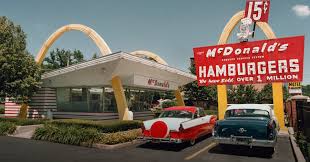
- The Driver’s Legal Quest:
Determined to challenge the fine, the driver sought legal counsel to argue that the law had been misapplied. This move highlighted the need for more precise distinctions between stationary and active driving scenarios.
- Scrutiny of Traffic Laws:
The legal challenge invited a close examination of existing traffic laws, especially concerning modern technological conveniences. The case underscored the gaps in regulations that do not account for non-traditional driving scenarios like drive-thru lanes.
- Public and Legal Discourse:
The incident sparked widespread public and legal discourse, prompting authorities to revisit and possibly reevaluate mobile device regulations. This case became a focal point for debates on responsible phone use in vehicles.
- Influence on Future Cases:
As technology becomes increasingly integrated into daily life, cases like this will likely shape future interpretations of traffic laws. Each unique situation contributes to an evolving legal framework that better aligns with contemporary needs.
- Impact on Legislative Actions:
The broader implications of this legal challenge could influence legislative actions, pushing for updates to traffic laws to accommodate new technological realities. Policymakers may be prompted to introduce more precise guidelines to prevent similar incidents.
Navigating Legal Grey Areas
- Definition of Active vs. Stationary Use:
The critical legal question revolves around distinguishing between active and stationary use of mobile devices. Active use typically refers to interactions while the vehicle is in motion, whereas stationary use occurs when the car is not moving.
- Context Matters:
Legal interpretations often depend on the context in which the mobile device is used. For example, checking a phone at a red light or drive-thru lane presents different legal challenges than texting while driving.
- Evolving Technology:
As mobile technology evolves, so must our legal frameworks. Current laws may need to adequately address new forms of mobile device interaction, creating gray areas that require judicial interpretation and legislative updates.
- Public Perception:
Public opinion plays a crucial role in shaping legal discourse. High-profile cases like the Ticket McDonald’s Drive-Thru incident often spur public debate, influencing how laws are perceived and enforced.
- Judicial Precedents:
Court decisions set precedents that impact future legal interpretations. Each ruling, especially those involving new technologies, adds nuance to our understanding of lawful mobile device use in various scenarios.
Public Reaction and Social Media Outcry

Public reaction to the Ticket McDonald’s Drive-Thru incident was swift and intense. Many people took to social media platforms like Twitter and Facebook to express their outrage. Comments ranged from “Unbelievable” to “Absurd,” highlighting the collective disbelief. Hashtags related to the incident quickly trended, amplifying the public’s voice. Stories of similar experiences emerged, with users sharing their fines and frustrations.
The online community rallied, calling for more explicit laws and common sense in enforcement. This digital uproar garnered significant attention, reaching beyond the immediate community. Social media’s collective voice emphasized the need for transparency and fairness in traffic regulations. The incident sparked a broader conversation, engaging a diverse audience and making it a focal point for ongoing debates.
Precedents and Legal Ambiguities
- Case of GPS Usage at Red Lights:
In a notable case, a driver was acquitted for using a GPS on their phone while stopped at a red light. This decision highlighted the complexities of distinguishing between various stationary uses of mobile devices.
- Ambiguous Laws and Technological Advances:
As technology evolves, legal ambiguities become more pronounced. Many laws have not kept pace with the rapid integration of mobile technology into daily life, resulting in inconsistent enforcement and interpretation.
- Judicial Interpretation Challenges:
Courts are increasingly tasked with interpreting outdated laws in the context of new technologies. Each ruling, particularly those involving novel scenarios, adds nuance to our understanding of lawful mobile device use.
- Public Influence on Legal Revisions:
High-profile incidents often spur public debate, influencing legislative changes. Public outcry can prompt lawmakers to revisit and clarify existing traffic regulations to better align with contemporary technological realities.
- Legislative Efforts for Clarity:
Policymakers are beginning to acknowledge the need for more precise guidelines. Recent legislative efforts aim to define acceptable mobile device use in various contexts, including drive-thru lanes and other stationary situations, to prevent future ambiguities.
Technological Solutions for Safe Driving
| Feature | Description |
|---|---|
| Hands-Free Integration | Modern vehicles feature hands-free systems, enabling drivers to use apps without taking attention off the road. |
| Voice Command Features | Advanced voice command technology allows drivers to control app functions via voice, reducing manual interaction. |
| Custom App Settings for Driving | Apps offer driving-specific settings that limit screen interaction for safer use while driving. |
| Pre-Ordering Options | Encouraging pre-ordering through apps to reduce phone use in drive-thrus, improving safety and preventing fines. |
| Educational Campaigns | Fast-food and tech companies run campaigns to promote safe app use and raise awareness of traffic laws. |
Educational Campaigns on Safe Mobile Use
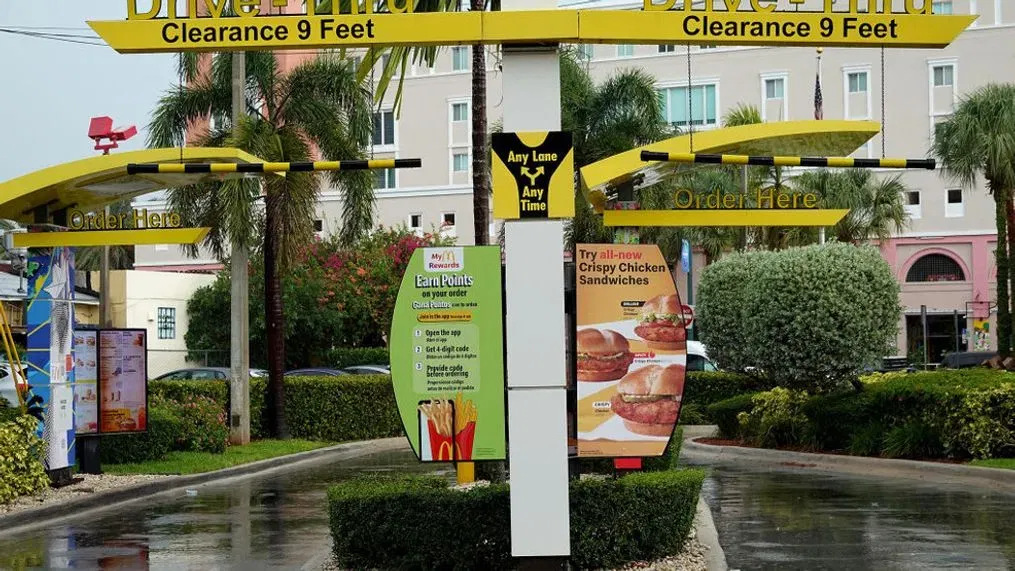
Educational campaigns are essential for promoting safe mobile use in vehicles. These campaigns aim to inform drivers about phone usage’s legal and safety implications. By partnering with local authorities, they can reach a wider audience. Flyers, billboards, and social media posts are practical tools for spreading awareness. Workshops and community events provide hands-on learning opportunities.
Engaging videos demonstrate safe phone practices, making the message clear. Schools and universities can also incorporate these lessons into their curricula. Collaborations with tech companies help integrate safety features into mobile apps. Interactive online courses offer another layer of education. Through these multifaceted efforts, drivers become more informed and vigilant. Understanding the risks and regulations can significantly reduce accidents. Such initiatives are crucial for fostering a culture of safety on the road.
Fast-Food Industry Response
The fast-food industry has recognized the challenges surrounding mobile app use in vehicles. To address this, they are implementing user-friendly features to streamline ordering. These enhancements reduce distractions and make the process more intuitive. Fast-food chains are also investing in staff training. This ensures that mobile orders are processed quickly and accurately, minimizing wait times.
By encouraging pre-ordering, the industry aims to reduce last-minute phone use. This proactive approach promotes safety and efficiency. Additionally, fast-food companies are collaborating with law enforcement. Together, they work to educate the public on safe app usage in drive-thrus. This joint effort aims to ensure a safer experience for everyone. As a result, customers can enjoy the convenience of mobile apps without compromising on road safety.
Collaboration with Law Enforcement
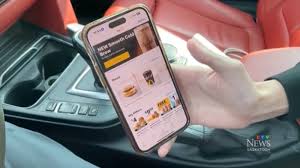
Recognizing the need for safer practices, the fast-food industry actively works with law enforcement. This collaboration aims to clarify legal guidelines on mobile device use in drive-thrus. Together, they are developing educational materials for drivers. These resources will explain the dos and don’ts of vehicle app usage. Fast-food chains are also hosting community events. At these events, police officers provide firsthand advice on safe driving practices.
Such initiatives help bridge the gap between public understanding and legal expectations. Additionally, law enforcement agencies are advising on new app features designed to enhance safety, such as automatic hands-free modes. By working closely with law enforcement, the fast-food industry ensures that convenience doesn’t come at the cost of safety. This proactive approach fosters a safer environment for all drivers.
Frequently Asked Questions
Can I use my phone to order food while my car is stationary in a drive-thru?
Generally, using your phone while stationary in a drive-thru is not considered illegal. However, interpretations can vary, so knowing your local traffic laws is essential.
What are the penalties for using a mobile device while driving?
Penalties for using a mobile device while driving can vary but often include fines and points on your license. The specific consequences depend on the jurisdiction and the circumstances of the violation.
Are there any legal exceptions for phone use in non-traditional driving scenarios?
Some jurisdictions may have exceptions, such as using a phone for navigation or while stationary. It’s important to check local laws to understand any specific exemptions.
How can I safely use my mobile app while driving?
To safely use a mobile app, utilize hands-free technology and voice command features. Pre-ordering before arriving at a drive-thru can also minimize the need for phone interaction while driving.
Conclusion
The Ticket McDonald’s Drive-Thru incident underscores the need for legal clarity in our tech-driven world. As we navigate these gray areas, balancing convenience and safety is crucial. Technology will continue to evolve, but our laws must adapt accordingly. This situation reminds us that staying informed about current regulations is essential.
It also highlights the importance of ongoing dialogue between the public, law enforcement, and industries. As debates continue and regulations evolve, it’s clear that proactive measures, such as educational campaigns and industry collaboration, are vital. We can ensure a safer and more convenient future for all drivers by fostering a better understanding and clear guidelines. The journey towards clarity and safety is ongoing, but each step forward makes a significant difference.


